How much does it cost to self-publish a book?
Editor’s note: we now have an entire website dedicated to the self-publishing process! Go on over to SelfPublishingChecklist.com, where we walk you step by step through the entire self-publishing process.
This is our comprehensive guide to self-publishing, which will help you to self-publish with as much (or as little!) budget as you want to spend. YES, the whole process can be done for free– we’ve tested it!
For many writers considering self-publishing, cost is the first question and concern. The range authors spend to self-publish varies dramatically. You can choose to self-publish completely free doing everything yourself, or you can spend thousands upon thousands of dollars paying for printing, marketing and other services. The trick is finding the happy medium of buying what you need and doing what you can on your own. Read on to see three distinct budgets for authors that want to put their books out themselves, which is a great option!
A writer can easily spend a few thousand dollars getting books printed, only to have them become a permanent fixture in their garage because she has no idea how to get them into bookstores. Or, a writer can create an ebook completely on their own, and his mom and his friends will buy it, but then sales will stop completely because he is not a book marketer.
So where does the money go? Let’s assume you have a novel you’d like to publish. What will you spend? Let’s break down some possible scenarios, starting with the most-requested “free option.”
Budget publishing – Free
- Developmental/ copy edit – Writers’ groups, classes, beta readers
- Cover Design – Barter or do it yourself on Canva
- Book formatting and layout – Do the print version in Word, set up the ebook using Kindle Create or use Reedsy‘s free editor
- Printing – free (KDP is free to upload and pays you royalties)
- ISBN – Use Amazon’s free ISBN for the print version(s) of the book, your Kindle ebook doesn’t need one
- Author photo – free (Your Facebook profile picture is fine)
- Marketing – free (Set up free email list account using this guide, rely on social media to get the word out about your book), do the five free KDP Select days to try to push your book’s BSR down and grow your list for your next launch.
- Website– skip it for now or use a free blog like WordPress.com
Considering that half of self-published authors earn less that $500, any amount more than this may seem disheartening. However, consider that a book a is a product. Quality products are supported by a whole team of services and experts. According to a survey reported by The Guardian, the average earnings for self-published authors is $10,000 a year. What separates those earning $500 from those earning $10,000? Visibility and quality of product. If you invest nothing in your book, don’t expect readers to be very impressed, or compelled to buy. While it’s easier than ever to get a book to market, readers are savvy and spot sub-par products easily. Even if you create a beautiful product, wonderfully written with professional presentation, if no one hears about it, your book will sit untouched online, gathering virtual dust.
Here is a breakdown I find reasonable for many authors:
Smart spender – About $2,000 – 4,000
- Developmental edit $1,000
- Copy editing $800
- Cover Design $500
- Book formatting and layout $300 (One-time cost for Vellum, all subsequent books will be free)
- Printing – free (Print on demand only)
- ISBN – $200 (buy a block from Bowker)
- Author photo – $100
- Total marketing spend – $1000 (Review service, Promo buys, Amazon ads)
- Website – $100 (For custom WordPress theme)
This scenario may be tweaked. For example, you can find brilliant marketing help for just a couple hundred dollars. Maybe you spend a reasonable $2,000 on a developmental edit, but then find a student to do your final proofing for just $500.
This is still a formidable amount of money for many authors. Few have $5,000 extra laying around. Luckily, there is much you can do to make this investment achievable. For example, you don’t need to be paying for editing at the same time you’re buying marketing. These expenses may be spread out over many months. Plus, many editors and marketers will work out payment plans with you as well.
Big spender – Upwards of $20,000
- Developmental edit $3,000
- Copy editing $1,500
- Cover Design $800
- Book formatting and layout $1500
- Printing– still free using KDP, $149 to put the book in with Ingram
- ISBN – $100
- Author photo – $400
- Kirkus Review – $425
- Google Adwords – $500
- Facebook Ads – $500
- Print advertising – $1,200
- Marketing collateral – $1,000
- Marketing consultant / PR – $2,000
- Events / launch party – $1,000
- Website – $2,000
Just as there are few writers with extra cash lying around, there are few writers that are only writers. Most of us have a few other marketable skills as well. Perhaps you are a fantastic editor, or an illustrator. Maybe you’re a social media whiz, or can build webpages. Consider taking on freelance work, or even trading services with other authors, in order to get the help you need for your project.
Bottom line, self-publishing costs money. If you want readers to buy your book, you will need to make an investment in order to produce a quality product, above and beyond your beautiful writing. The good news is that with so many paths to self-publishing, there is a way to get the help you need without going broke.
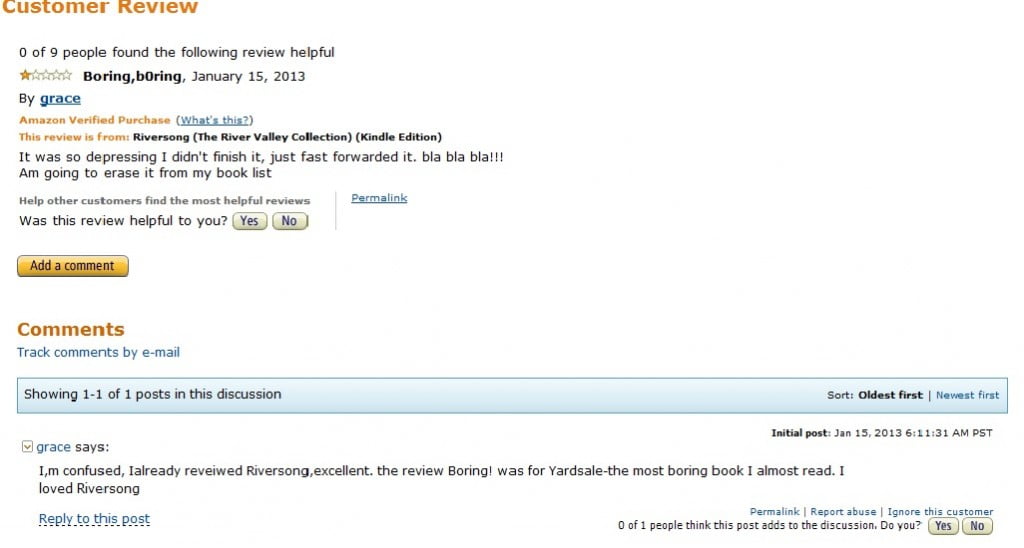
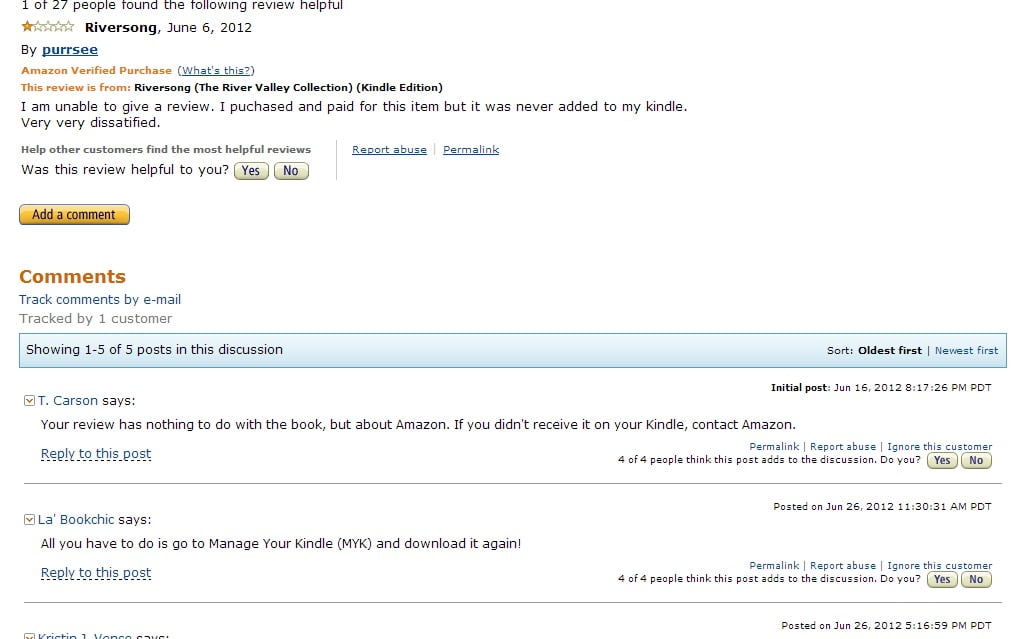
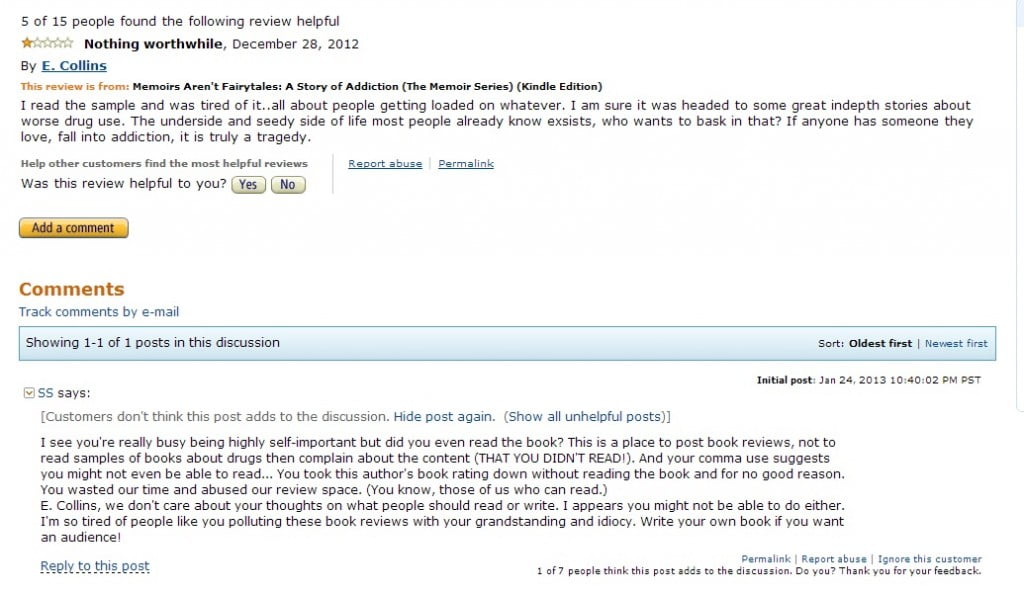
 First of all, here is a little bit about today’s interview subject, agent Vicky Bijur:
First of all, here is a little bit about today’s interview subject, agent Vicky Bijur:
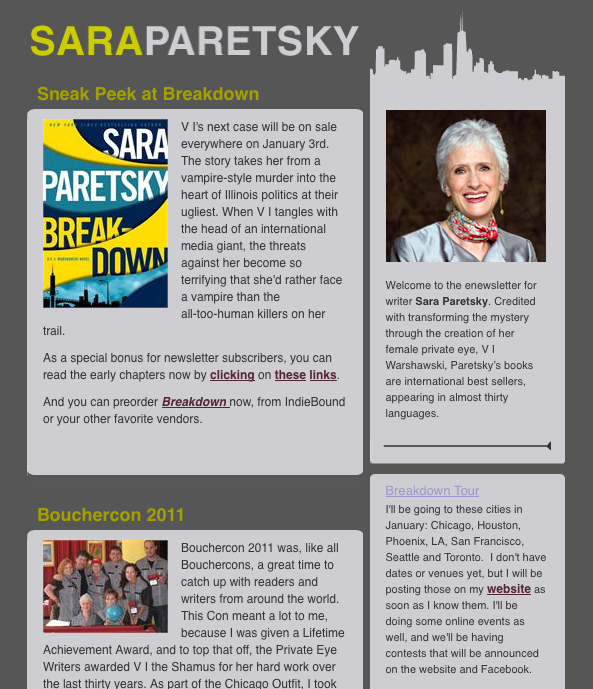



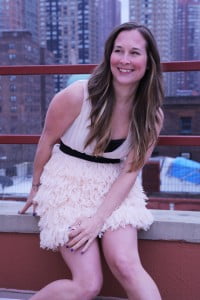 How I Did It, by Brittany Geragotelis
How I Did It, by Brittany Geragotelis She’s savvy: As if to illustrate the point of a whole different article I’m writing, Geragotelis engaged a real-live art director / designer to make her (super awesome) book covers. These covers are genre-appropriate, show that the author is savvy about her demographic (which indicates that her writing will appeal to them as well).
She’s savvy: As if to illustrate the point of a whole different article I’m writing, Geragotelis engaged a real-live art director / designer to make her (super awesome) book covers. These covers are genre-appropriate, show that the author is savvy about her demographic (which indicates that her writing will appeal to them as well).